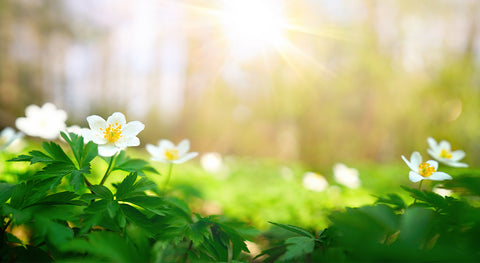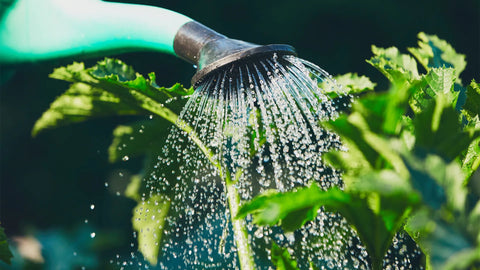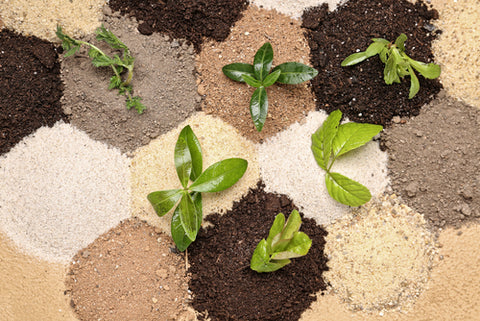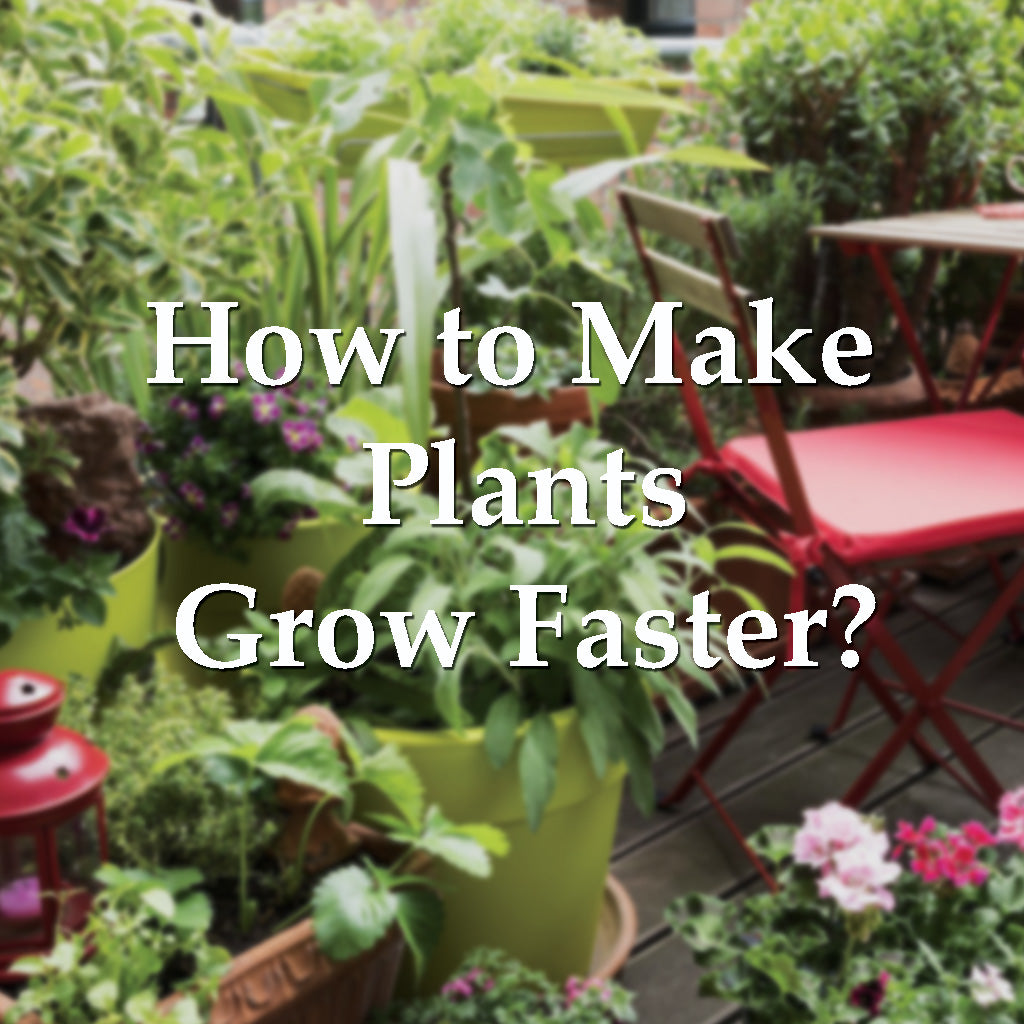How to make plants grow faster and bigger?
Obtaining a healthy plant does not guarantee that it will thrive. They need more attention to continue to grow healthily. Plants will grow well over time with the right guidance & adequate care. The amount of time it takes for a plant to mature depends on the type of plant and the environment it is kept in. For healthy growth, various plants need different care. Outdoor and indoor plants have distinct needs and demand different maintenance; thus, their requirements also change. Newbies to gardening must also remember to keep patience before seeing results.
Proper Light requirements:

(Image source: Royal City Nursery)
For plants to get the nutrients they need sunlight, which is essential. Thus, with the aid of sunshine, plants create their own nutrients, aiding in a speedier rate of plant growth. Both indoor and outdoor plants will require different amounts of sunshine.
- Indoor Plants : Although some sunshine is still required, indoor plants may grow in low light situations. Keep your plants next to a window so they may absorb indirect light for optimum development. Giving plants morning sunlight will ensure they remain healthy even in low light. Try to shift your plants out twice a week. Plants can however suffer burns if you shift them directly from full shade to direct afternoon sun.
- Outdoor plants prefer being in the sunlight. They can be kept in direct sunlight, which allows outdoor plants to grow more quickly and produce more beautiful flower blooms as a result. The more sunshine a plant absorbs, the more flowers and fruits it grows. Low levels of sunshine can stunt growth, resulting in fewer blooms from the plants.
Water requirements:

(Image Source: Safer Brand)
Watering plants is vital because it aids in nutrient absorption into all of the plant's sections, which encourages growth. The amount of water that plants need varies depending on where they are, with outdoor plants needing daily watering while indoor plants only need twice weekly water.
- Indoor plants with minimal water needs, like Pothos and ZZ Plants, only need to be watered twice a week or once the soil is dry. Overwatering can hinder the growth of indoor plants. Make sure when you water them, water seeps out of the drainage holes.
- Outdoor plants: Because they are exposed to the sun, the soil can rapidly get dry, thus daily watering is good for them. Additionally, certain outdoor plants that will produce blooms or fruit need to consume more water in order for the nutrients at the top to reach the plant.
Requirements for soil:

(Image Source : Housing)
In addition to providing support for the roots, soil also aids in meeting nutritional needs. High levels of nitrogen and potassium in the soil assist the roots absorb these nutrients and promote excellent growth.
- A well-draining soil is the best kind of soil for indoor plants since it quickly removes water without causing root rot. You may use soil like this for indoor plants.
- An ideal form of soil for some outdoor plants is one that retains water; this will ensure that the plants have wet soil and will aid in their ability to effectively absorb nutrients.
Due to the fact that soil use might deplete its nutrients, timely nutrient addition is also crucial. Eventually, we must utilize organic matter or fertilizer to replenish the minerals that the plant needs.
Pesticides and Fertilizers:

(Image Source: Rural Sprout)
1)The right solution can save plants from this deadly mealybug, which attacks plants and hinders their growth. You may use any organic pesticide that is sold on the market, also pesticides are very convenient to use.
Additionally, you may create a homemade insecticide that may be equally as powerful. Simply mix 5 ml of Neem oil to 1 litre of water, add a squeeze of shampoo or dish soap to the mixture, and spray the mixture on the plants where the mealybug infection is occurring. Use this solution on alternate days, and discontinue using it when you notice a noticeable improvement.
2) By adding organic fertilizer, which contains phosphorus and nitrogen, it may increase the soil's nutritional content while also aiding plants in retaining their nutrients. Some effective fertilizer additions examples are castor cake, vermicompost, and liquid organic fertilizer.
Additionally, organic fertilizer made from food waste act really effective, such as banana peels, which are high in phosphorus, can be added to the soil. The addition of coffee beans to soil will cause them to dissolve down and release their nutrients into the soil, making them a greater source as well.
Other elements that might contribute to stuttered growth should also be considered because correcting them could benefit the plants.
- Pruning: Pruning is an essential gardening task. This incites the plant to create new growth, which aids in new development and makes the plant bushier. As new branches grow, more flowers and fruits will appear. Pruning will undoubtedly benefit it.
- Repotting: Repotting allows the roots to expand out and gain additional new space, producing a clearly defined new growth. If your plant isn't growing, it may be time to repot it in a larger alternative pot and give it a larger size.
- Drainage Hole: A drainage hole can let surplus water that the soil is unable to absorb let it drain down, giving the roots space to breathe. If there are no drainage holes, the roots may begin to rot, which will limit the growth of the plants and ultimately cause them to die.





